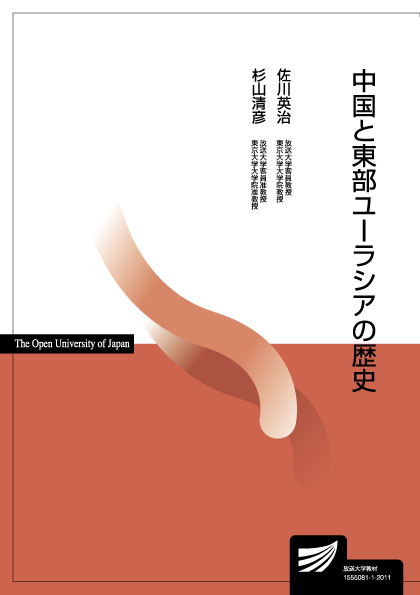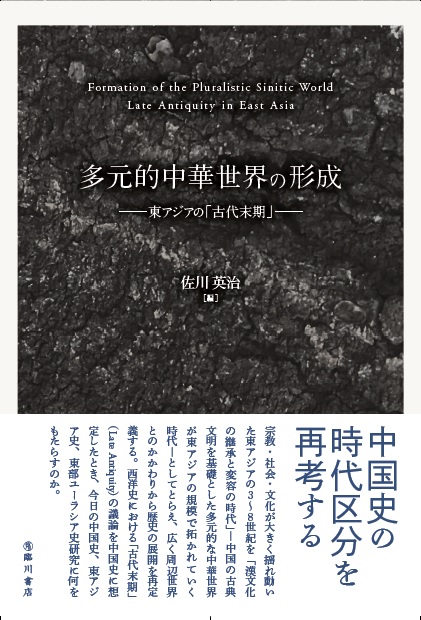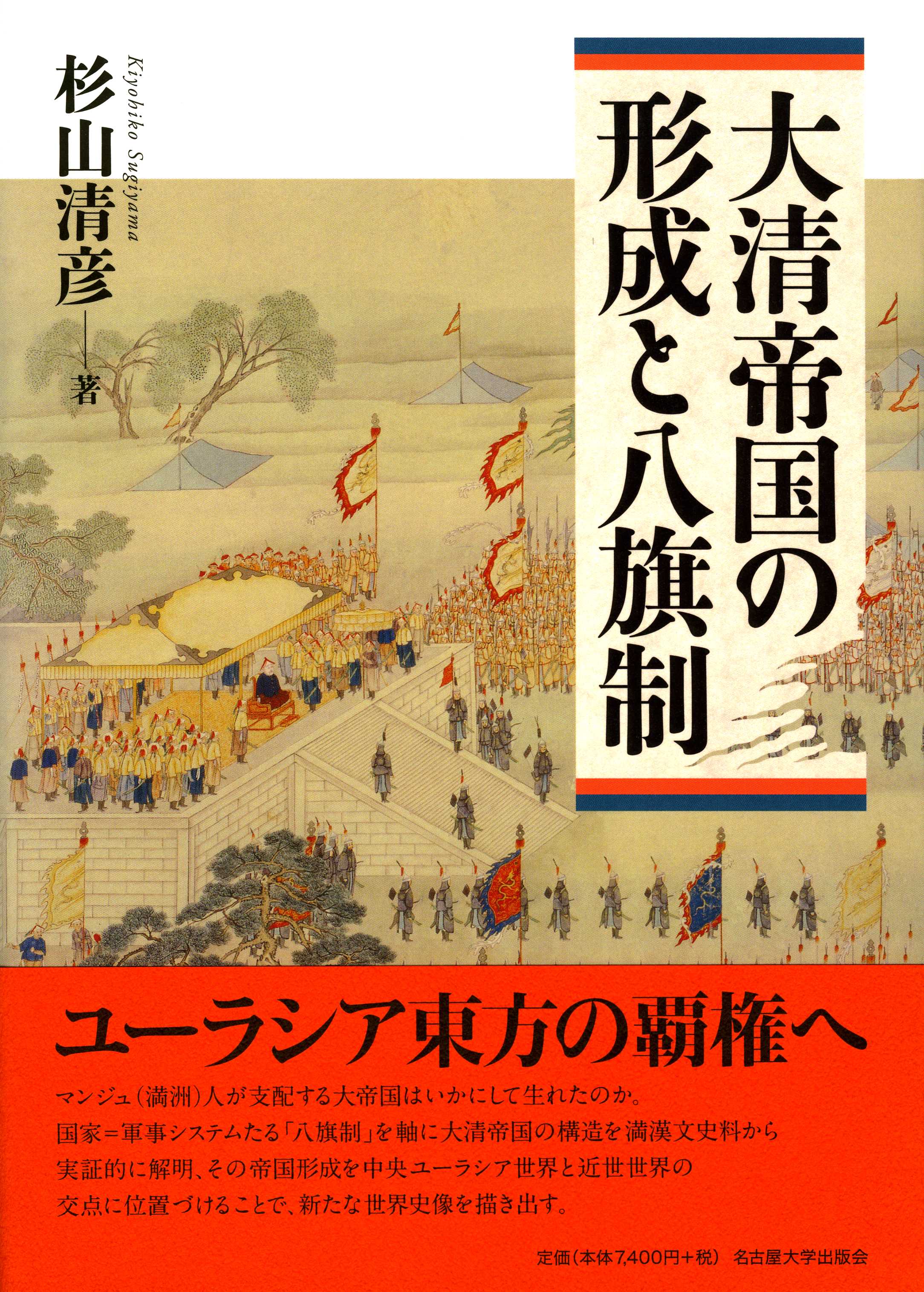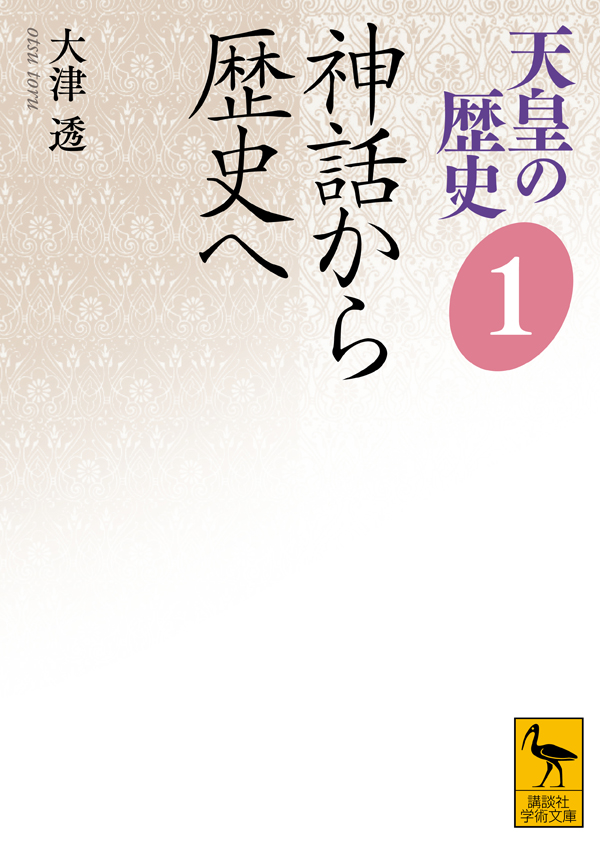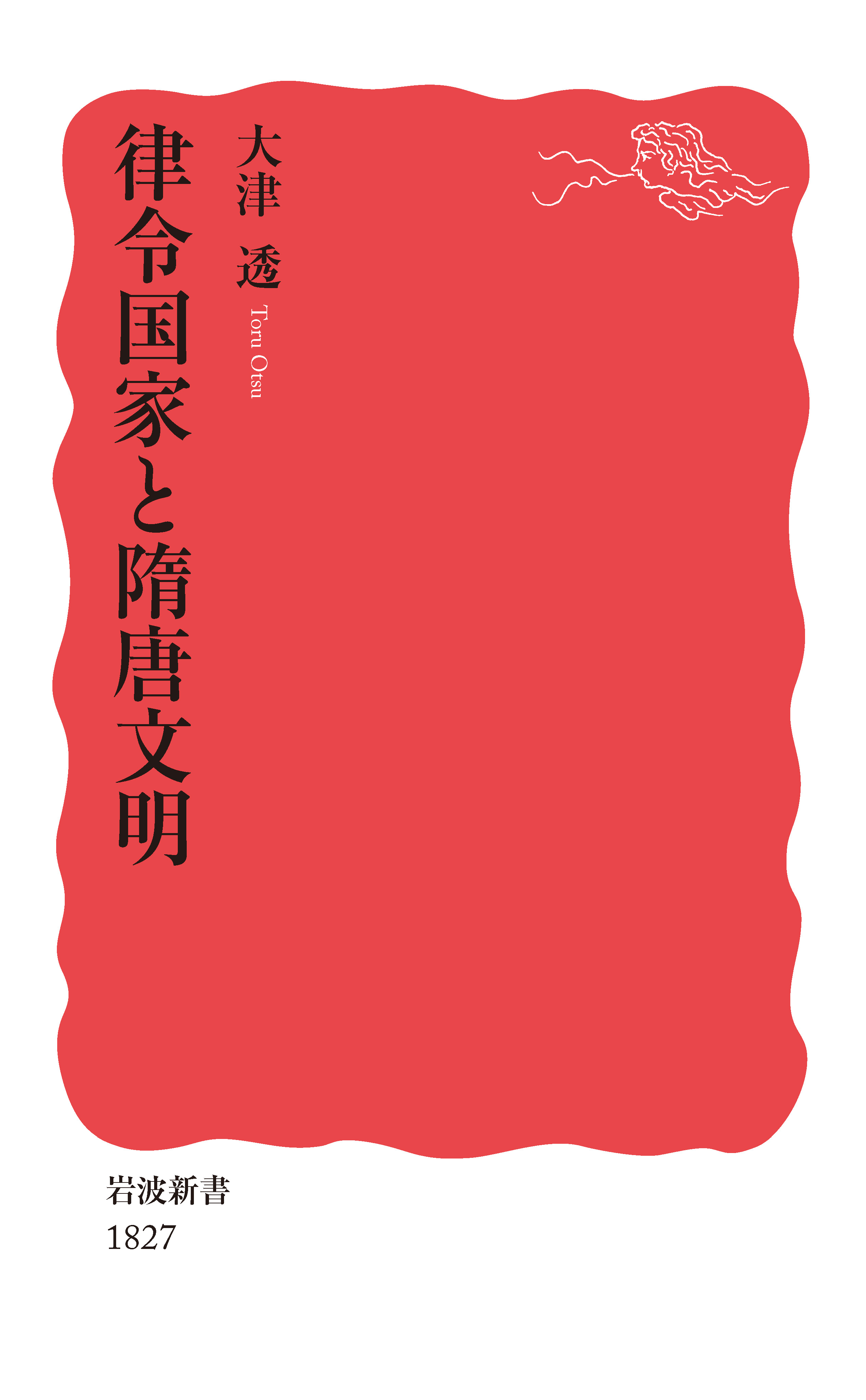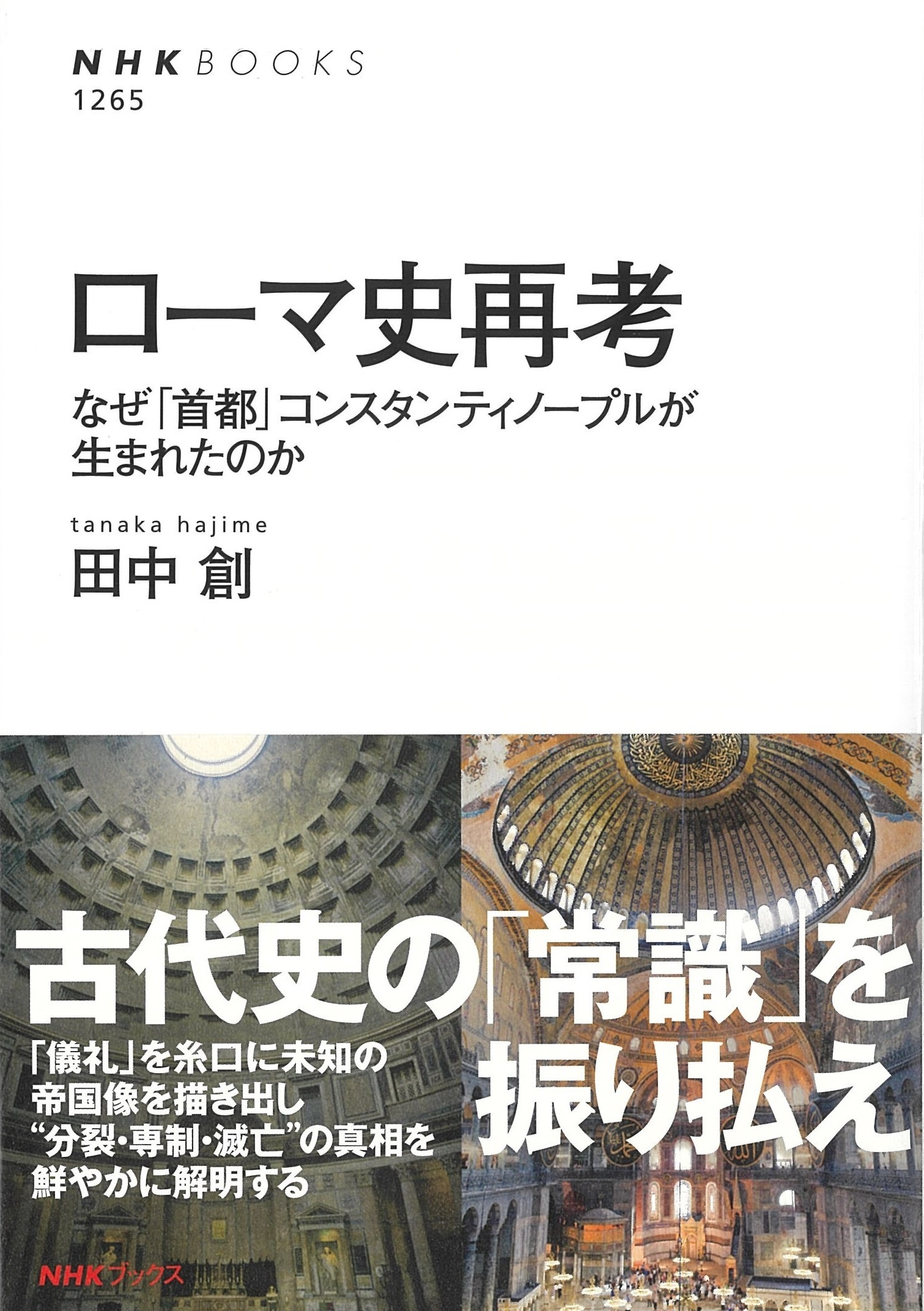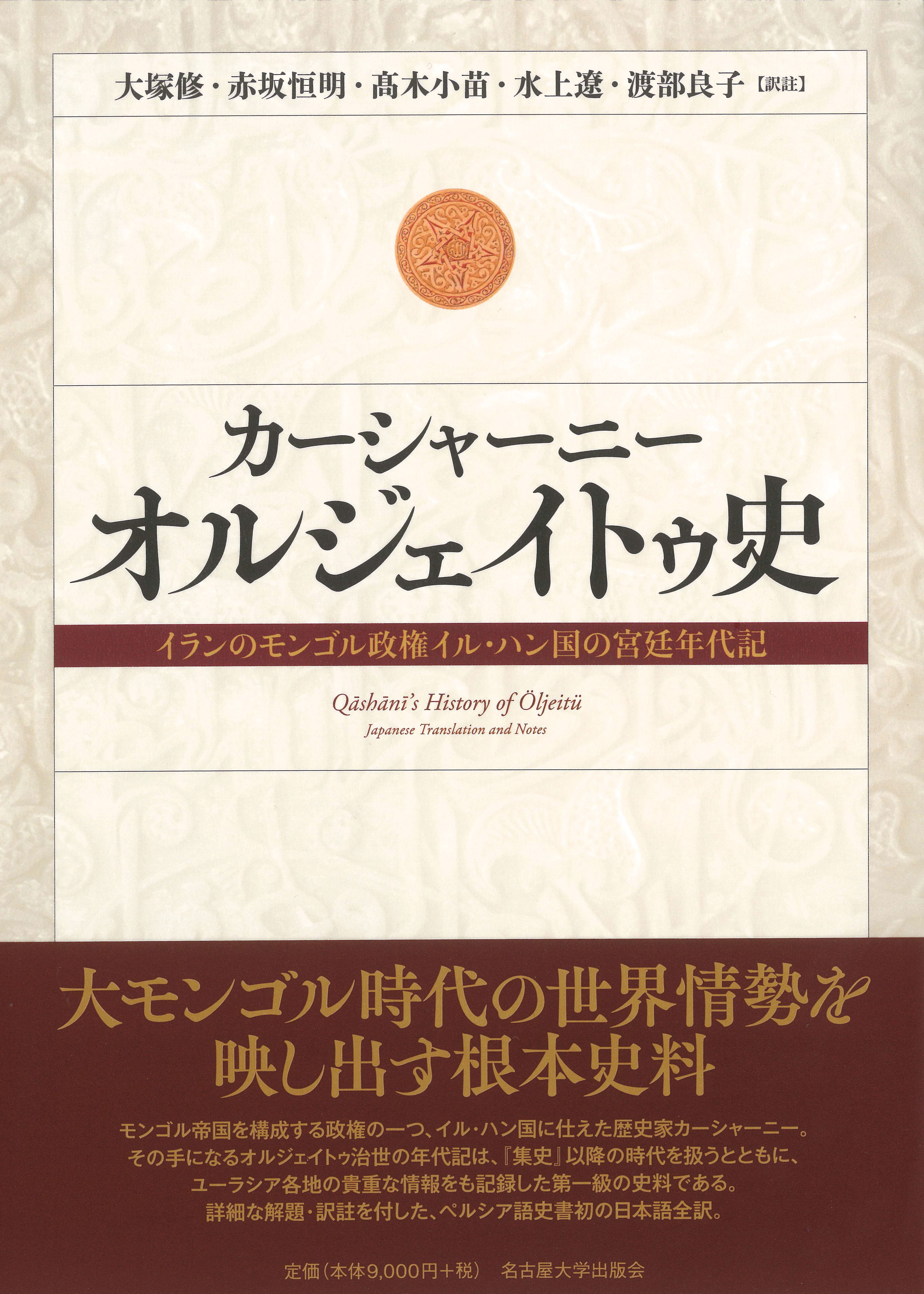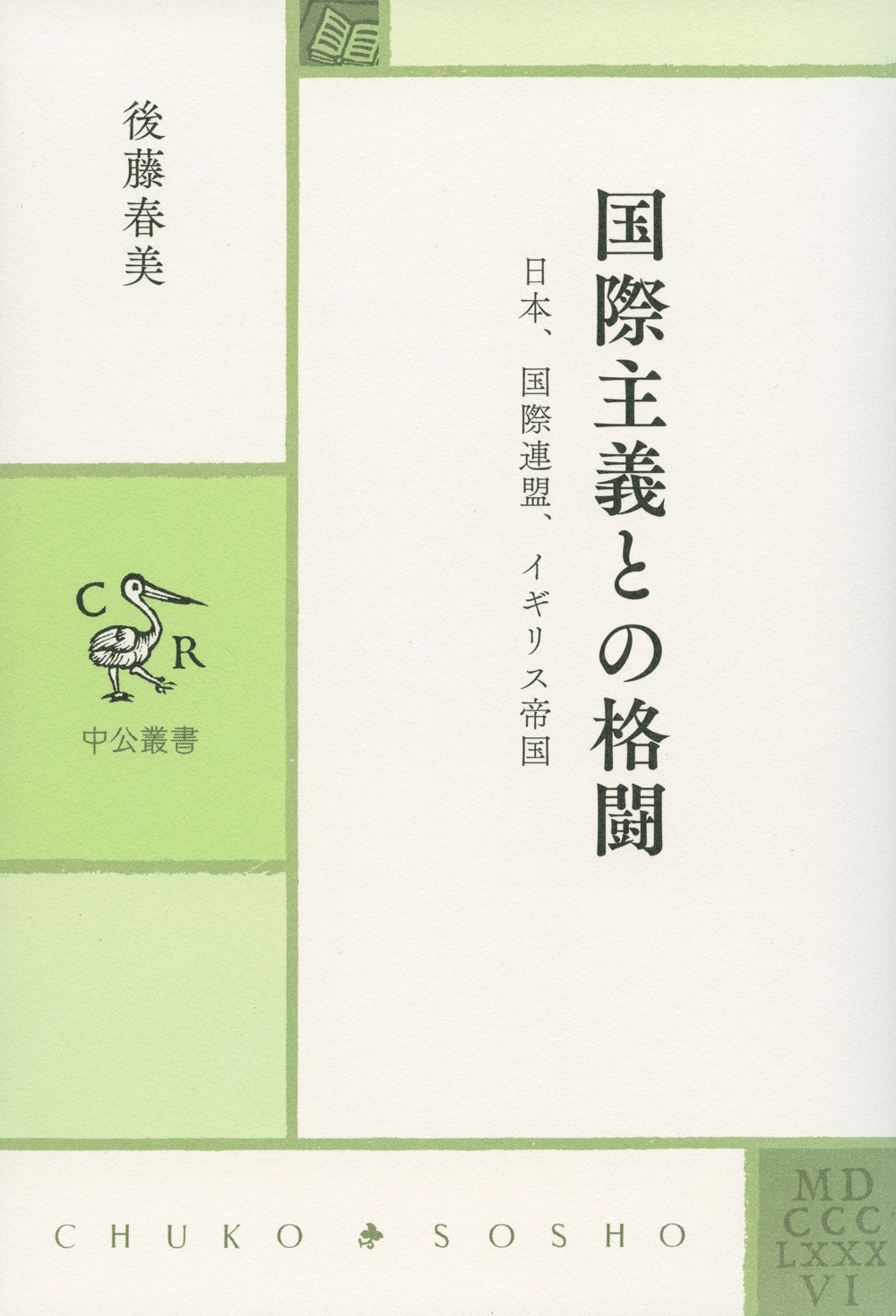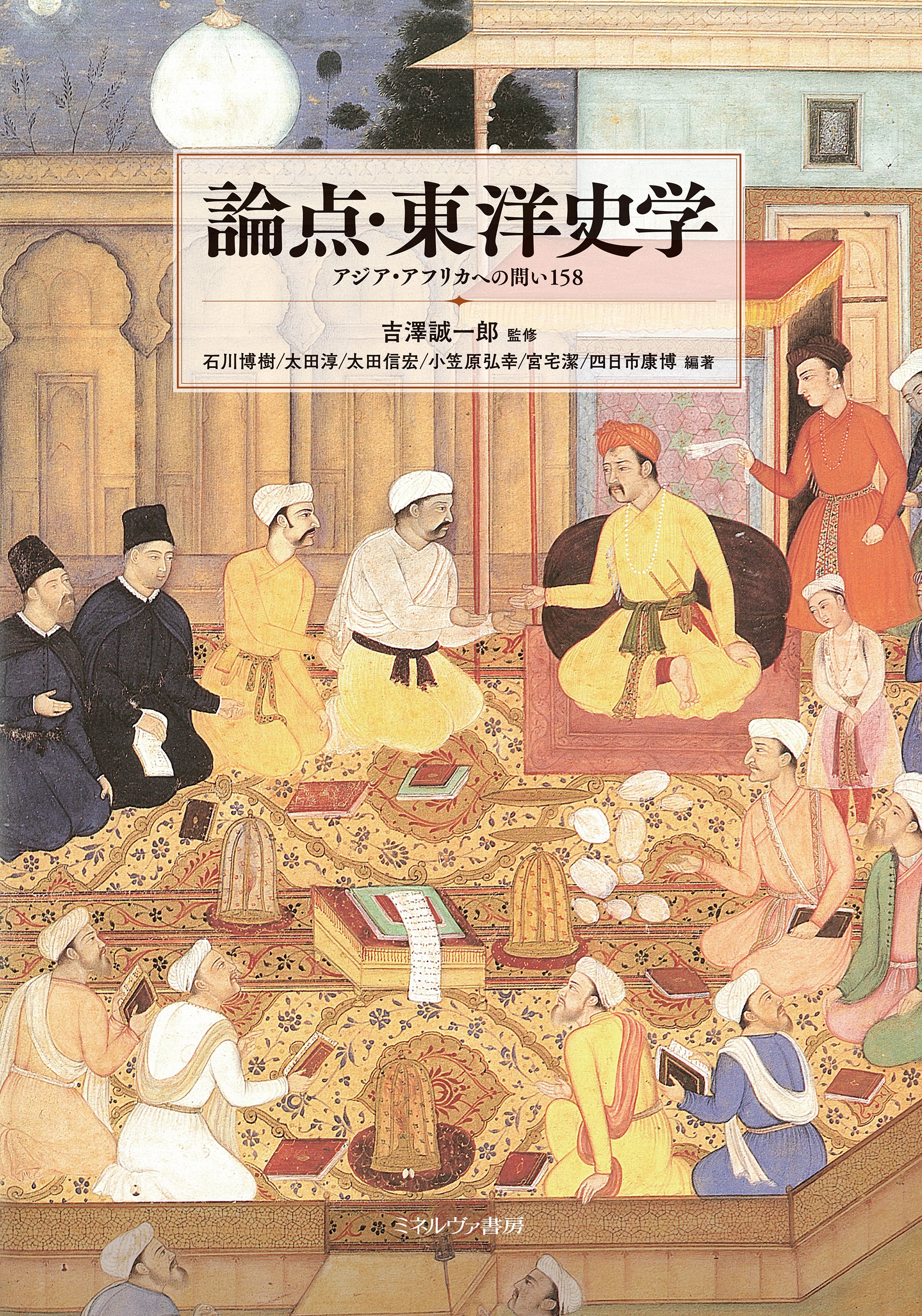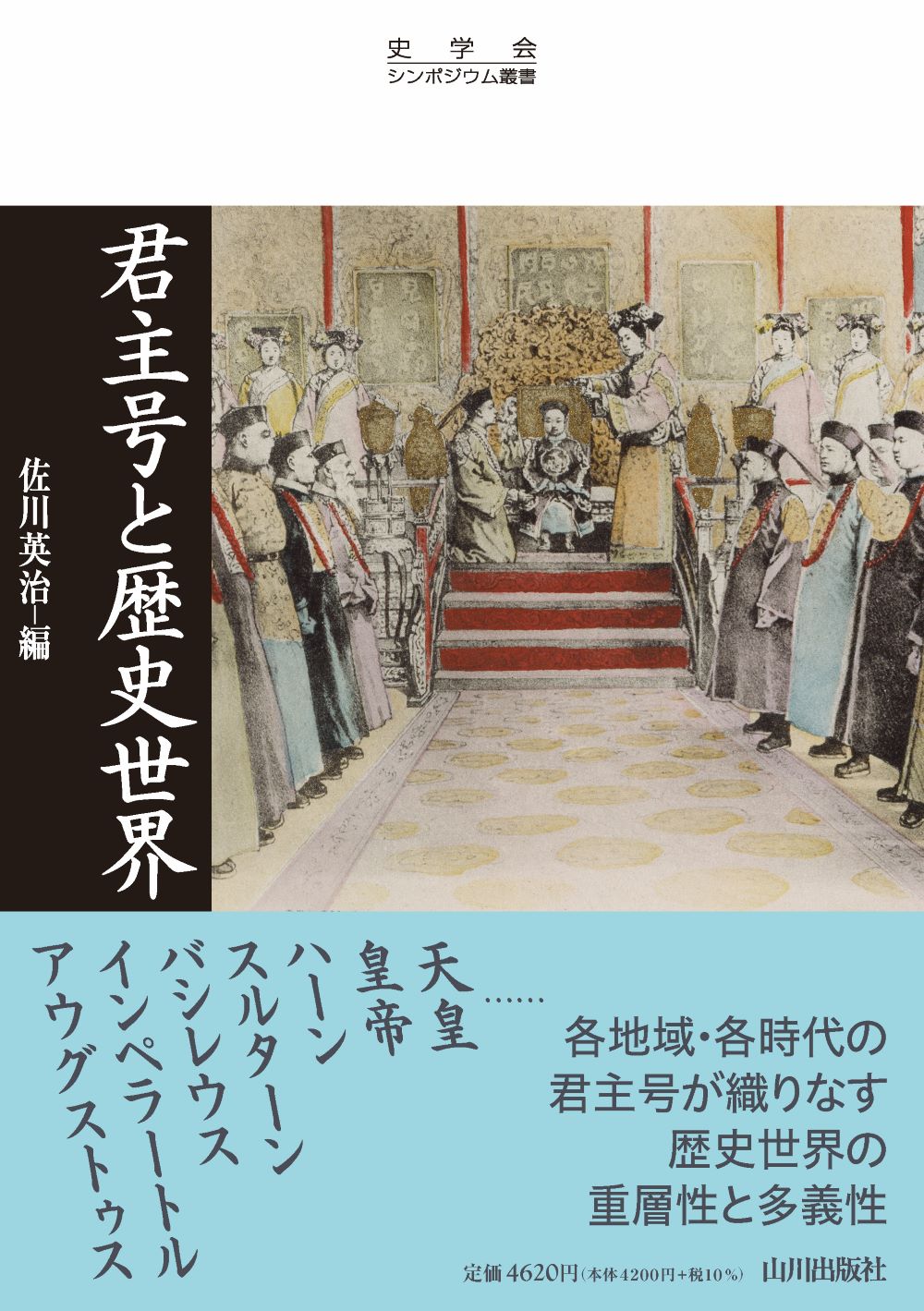
Title
Symposium Series of the Historical Society Kunshugō to Rekishi Sekai (Monarchical Titles and the Historical World)
Size
248 pages, A5 format
Language
Japanese
Released
October, 2023
ISBN
978-4-634-52642-6
Published by
Yamakawa Publishing Co., Ltd.
Book Info
See Book Availability at Library
Japanese Page
This book explores the diversity of the historical world through the lens of monarchical titles. The modern era has been described as the age of nation states, in which sovereignty has transitioned from monarchs to the people. However, the symbolic role of monarchs continues to function even in contemporary times.
Meanwhile, to regard all pre-modern monarchs as sovereign rulers or to view the world as an international society composed of nations governed by such monarchs reflects a projection of modern notions of the state and global order onto pre-modern history—a perspective far removed from historical realities. In fact, the monarchical titles we recognize from pre-modern history are typically associated with concepts such as “all under heaven” or “the world,” instead of specific nations or peoples. Additionally, it is common for a single monarch to assume multiple titles spanning different dimensions of authority.
The roles of monarchs in world history can be understood by examining the meanings of the titles they bore or were associated with across different periods and regions. For instance, while we commonly refer to both Roman and Chinese rulers as “emperors,” these monarchs are fundamentally different, and their respective titles have distinct original meanings. Similarly, in Japan, the title “Tennō” (Emperor) was adopted, but the extent to which it was consciously differentiated from the Chinese “Huangdi”(Emperor) at the time remains unclear.
This book comprises three parts:
1. Monarchical Titles in East Asia:
Explores the relationship between the titles “Emperor” and “Son of Heaven” in China, the monarchical titles of the Great Qing Empire, the treatment of Chinese and Burmese monarchs in the Sipsongpanna Kingdom, and the formation and transformation of Japan's “Emperor” title.
2. Monarchical Titles in South Asia, Central Asia, and West Asia:
Discusses the Suratrana title used by the Sangama dynasty of the Vijayanagara Empire, the Sultan title in the Seljuk Empire, and the Bahadur Khan title in the Safavid dynasty.
3. Monarchical Titles in Europe:
Examines the title Augustus in the Roman Empire, the title Basileus in the Ottoman Empire, the combined title “His Majesty the Emperor and King” in the Habsburg Empire, and the title “Lord Protector” used by Cromwell in England.
Based on an analysis of monarchical titles, we observed that, before the emergence of unitary sovereign nation states in the modern era, people lived in a multilayered and pluralistic world. Furthermore, historical development did not necessarily occur linearly toward unification under the nation-state model. Instead, it typically occurred in diverse and complex manners. Thus, the manner by which we understand and evaluate humanity’s historical experiences should be reconsidered. I hope that this book will serve as a useful guide for this endeavor.
(Written by SAGAWA Eiji, Professor, Graduate School of Humanities and Sociology / 2024)



 Find a book
Find a book


